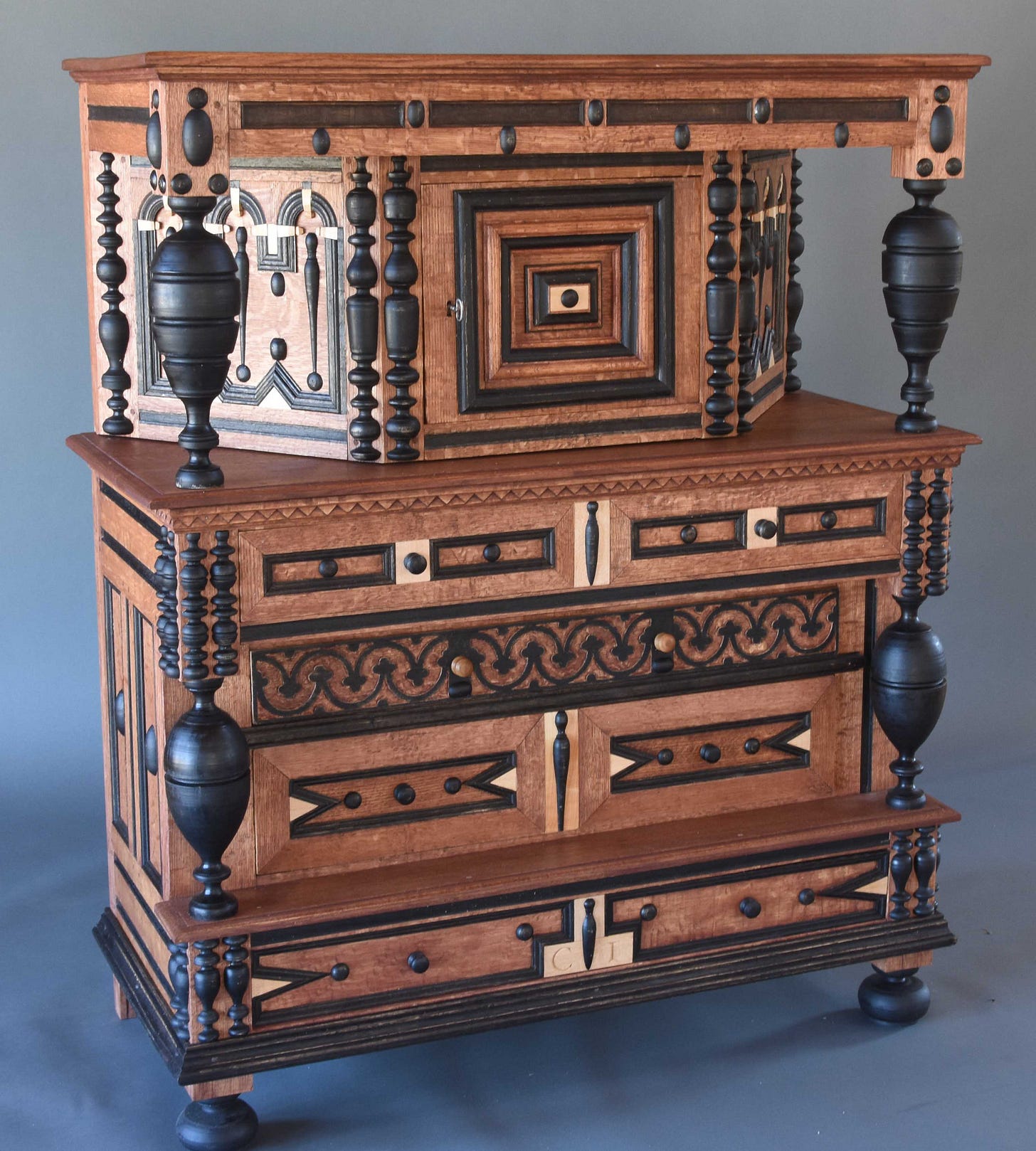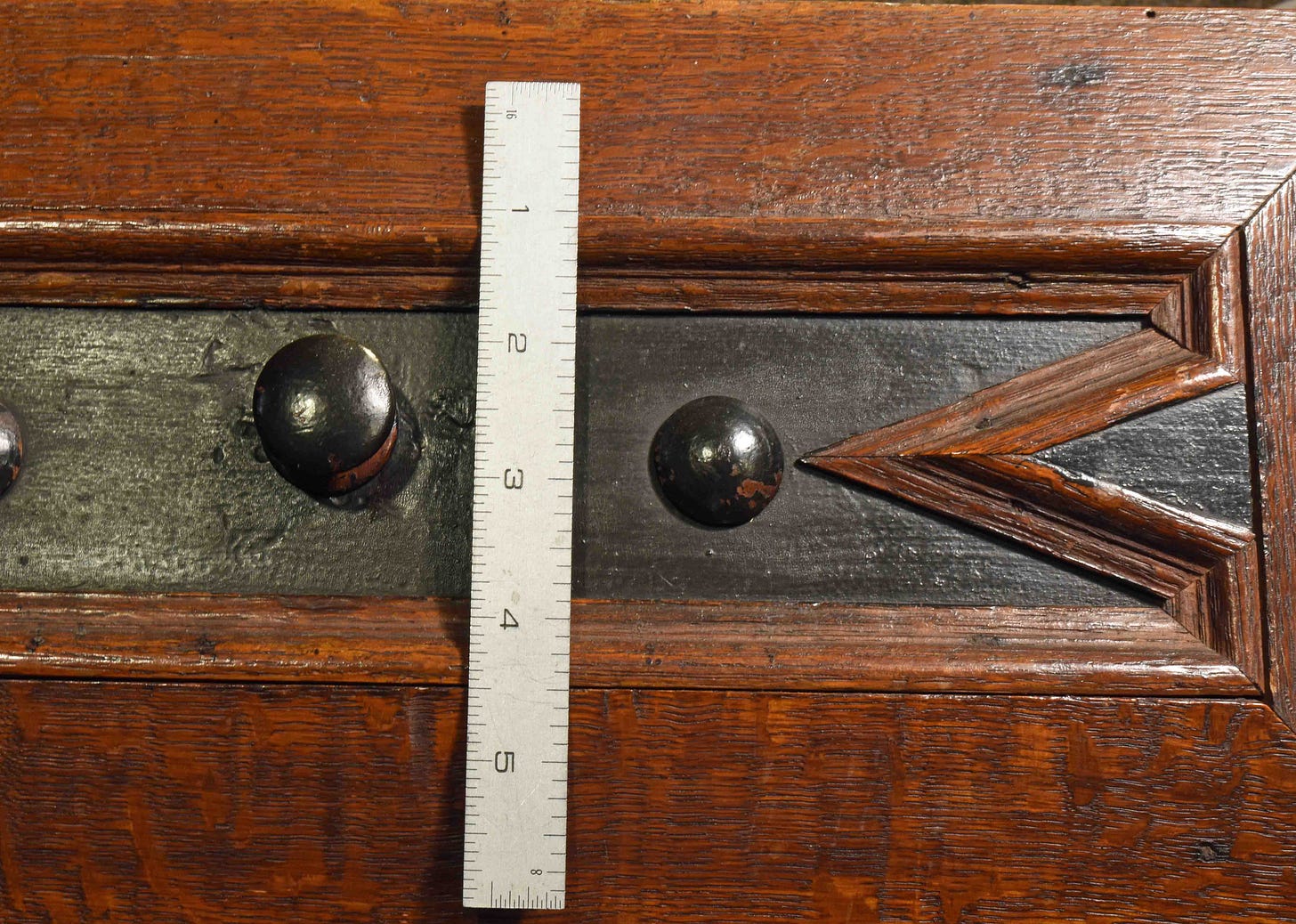I have to keep reminding myself as I write these blog posts that not everyone has been here all along. Thus when I remember, I sometimes will back up to introduce concepts and projects that long-time readers already are familiar with, but the newer readers are just finding out about. “The cupboard book” I mentioned the other day is just such a situation. Someone left a comment along the lines of “cupboard book, sounds interesting...”
Well, hold on just a minute. Yes, I'm working once again with Lost Art Press, this time a cupboard book. But it’s about one very specific cupboard. One.
In February 2021 I had a client who wanted me to make a copy of the Sawyer/Paine family cupboard in the collections of the Massachusetts Historical Society. I jumped at the chance. I knew the cupboard quite well, having studied it and about a dozen related cupboards many years earlier for an article in the journal American Furniture. That article, done with Bob Trent and Alan Miller, took a couple of years of research and writing. It focuses on the cupboards, but the unidentified shop in northern Essex County, Massachusetts made many more furniture forms as well. Those that are recognizable as being part of that shop’s output included many chests with drawers, several chests of drawers, some boxes and a few furniture forms that fall outside of our usual categories - boxes on stands, table-top chests, etc. Here’s my take on one of the chests of drawers, made for my wife in 2003.
So I set out to copy as closely as I could the Sawyer/Paine cupboard. I had worked on a reproduction of a related cupboard in 1999 as a collaboration with my friends Ted Curtin and Rob Tarule. That one was for the Saugus (Massachusetts) Iron Works - it may well be on display still. We split that work up three ways - I forget which part I did and I have no notes or photos from that process. I might have framed the upper case. I do remember that during that work, Rob showed me how he chopped a mortise and I adopted (& probably adapted) his method and have used it ever since. So 26 years.
I still had my notes from studying the cupboard back then - both for the repro and the AF2001 article. But I needed more information, so returned to Mass Historical to see the cupboard once more.
It’s a very involved project - I think of it as having three main parts - splitting, hewing, planing and turning all those components, doing the joinery - some straight-forward, some more complex - and then decorating it with carving, paint, applied turnings and moldings.
Keep reading with a 7-day free trial
Subscribe to Follansbee's Substack to keep reading this post and get 7 days of free access to the full post archives.




